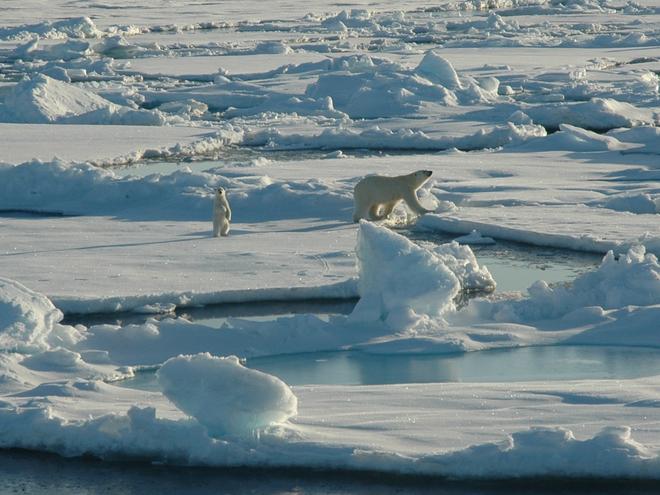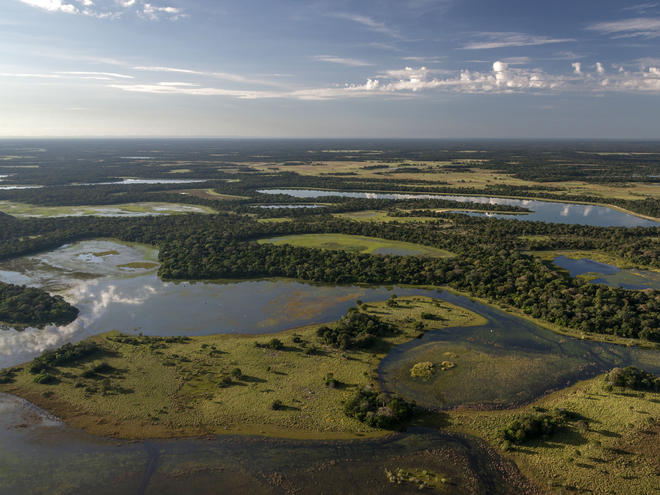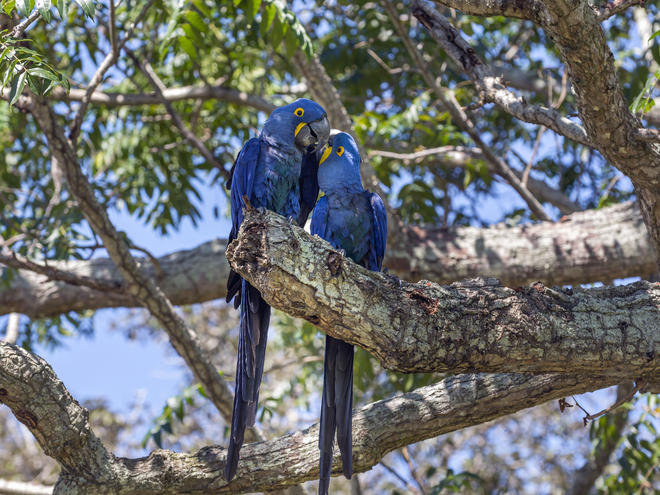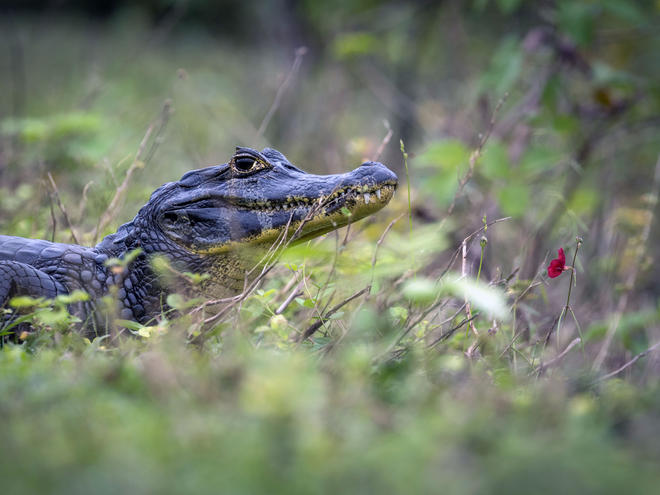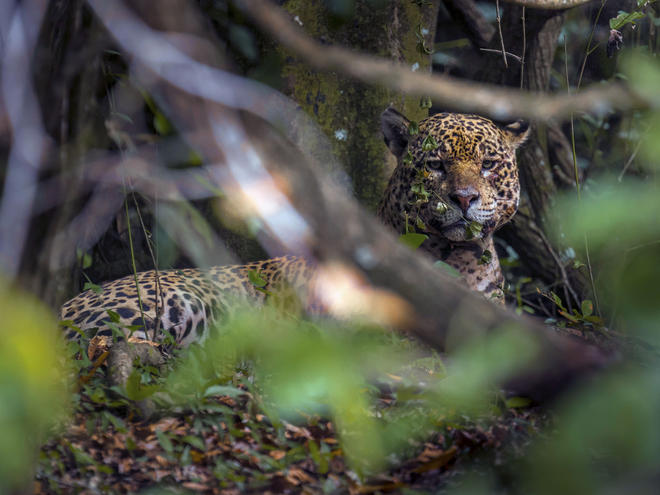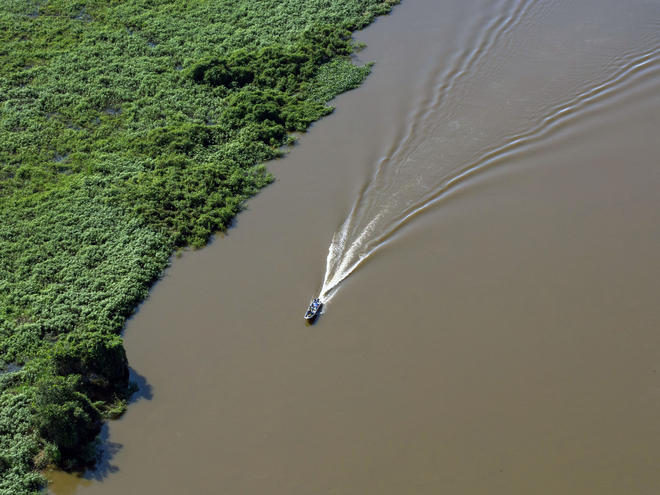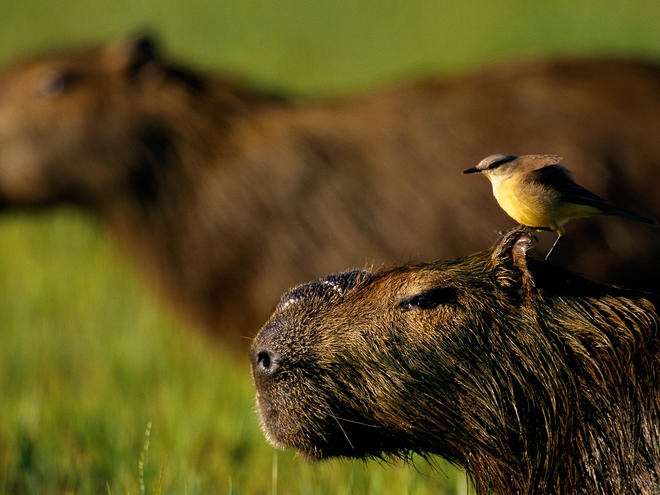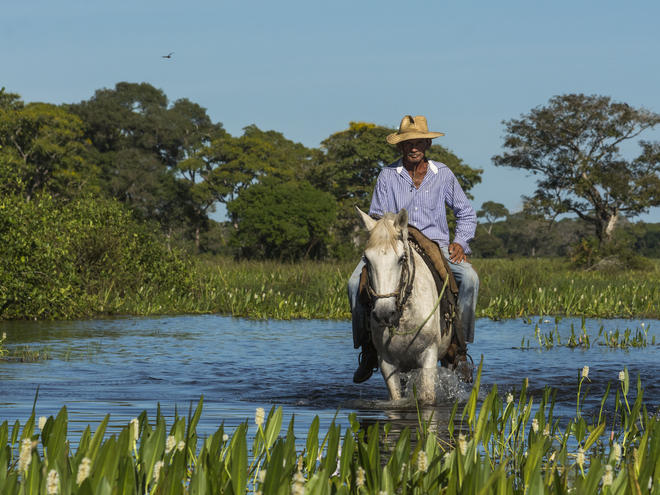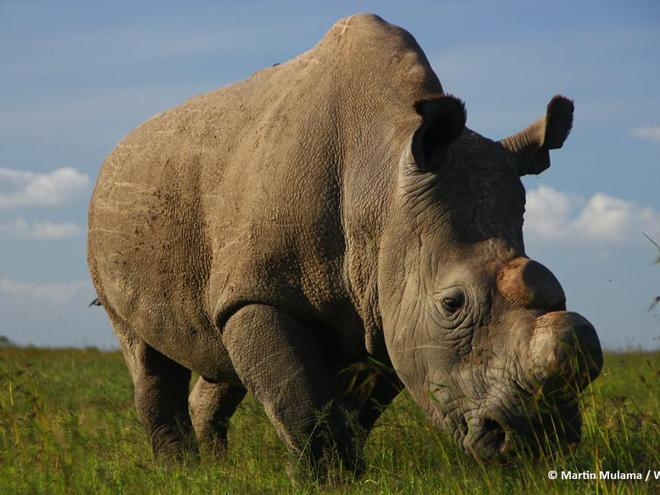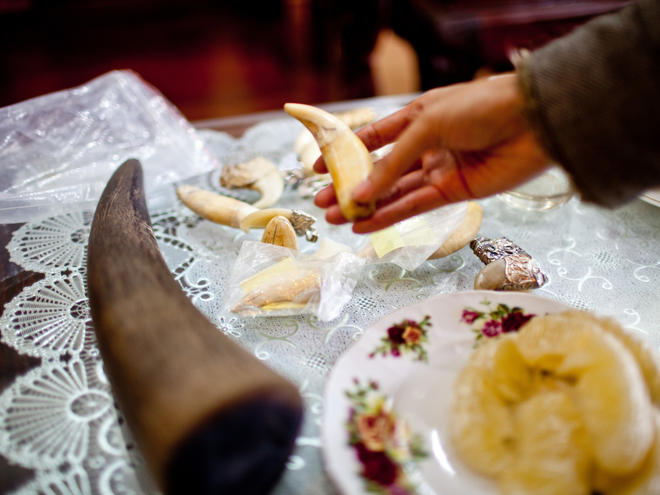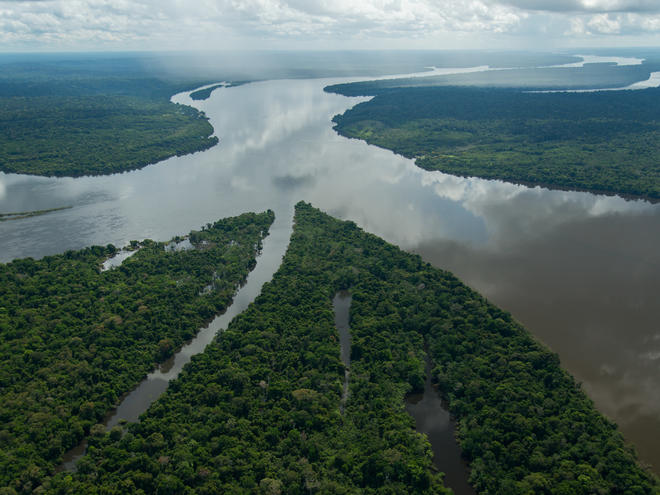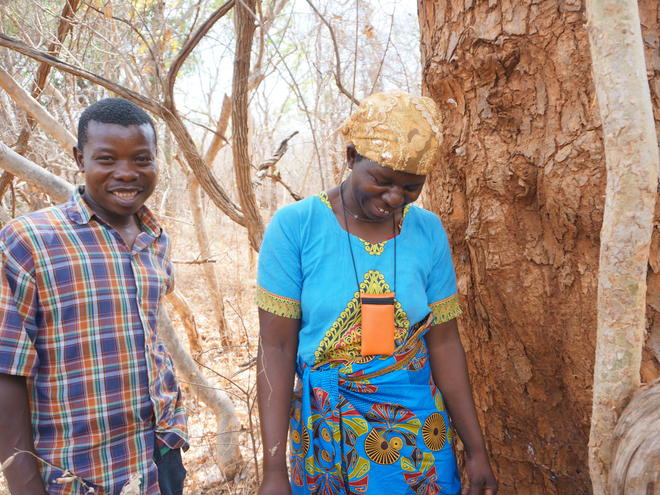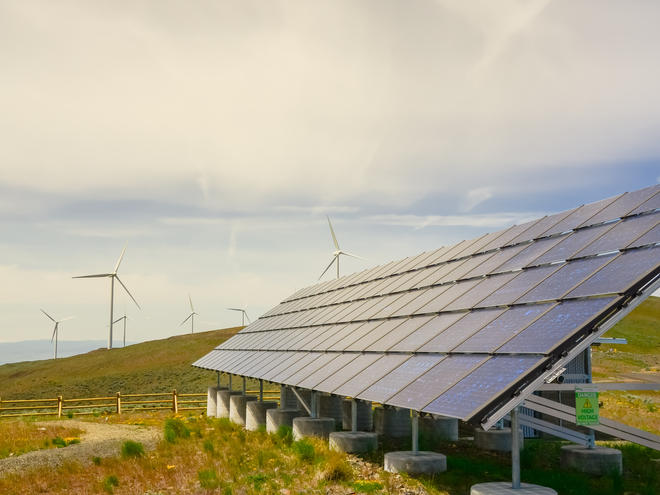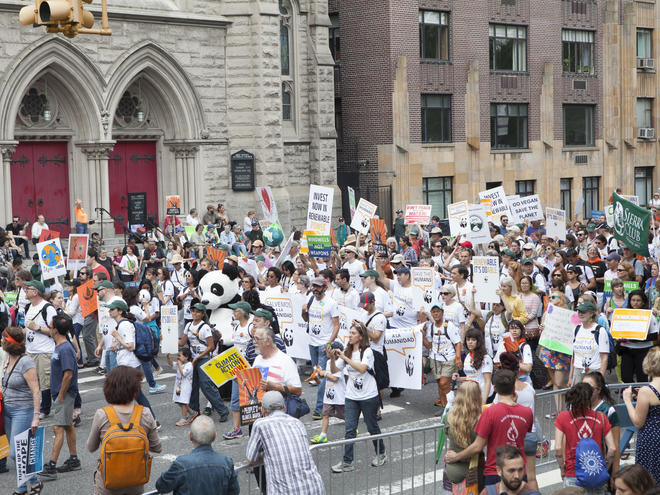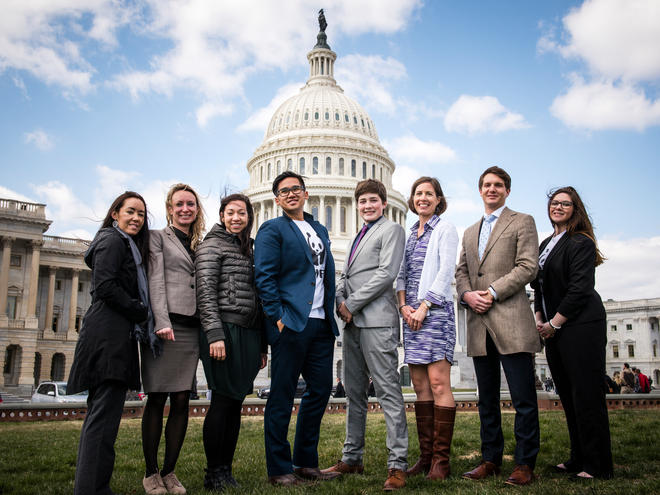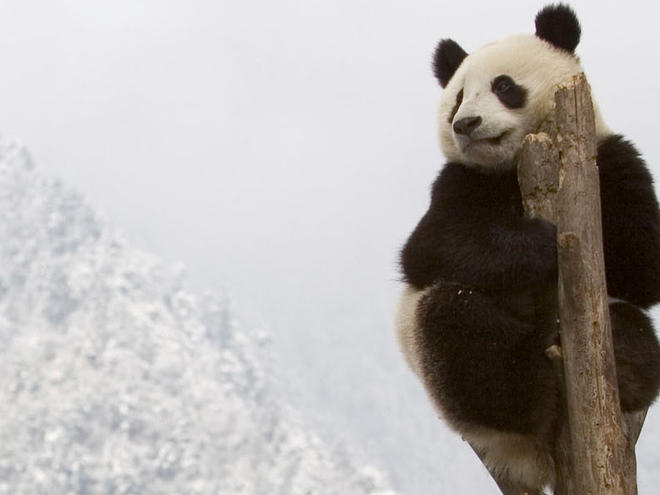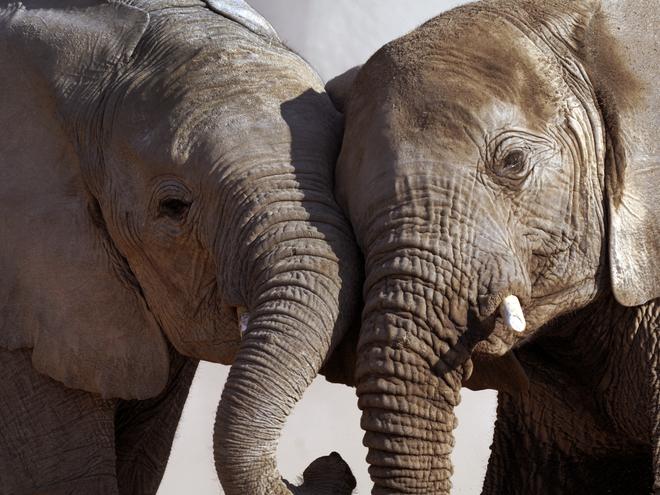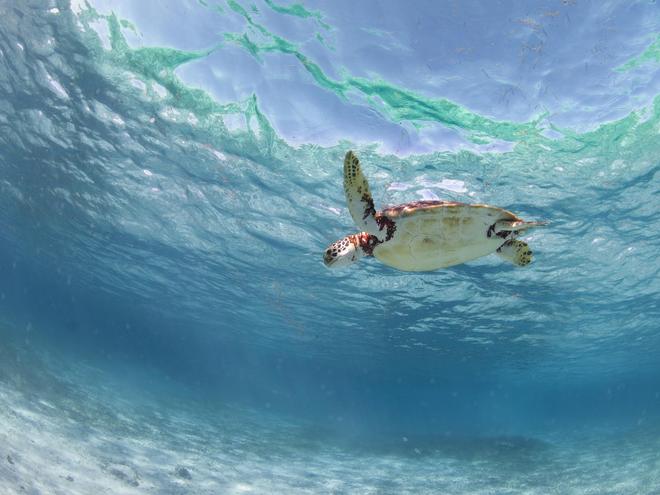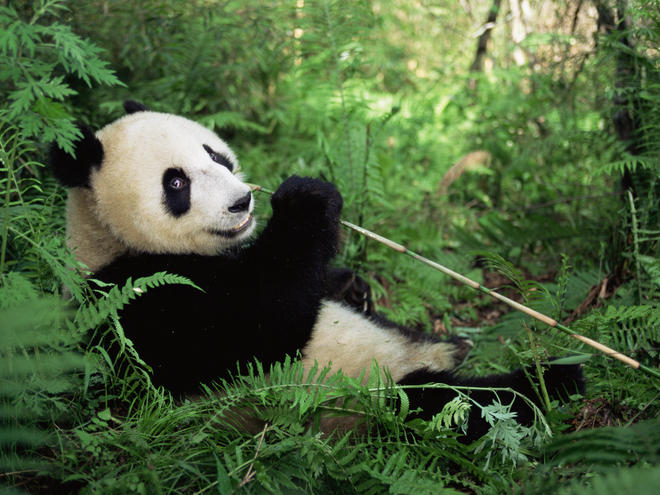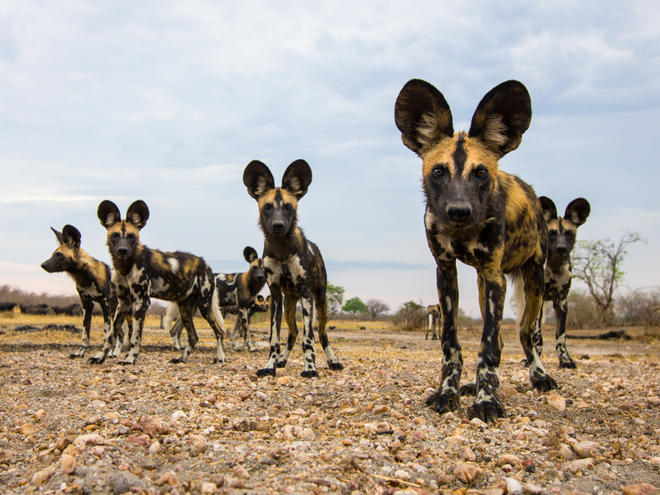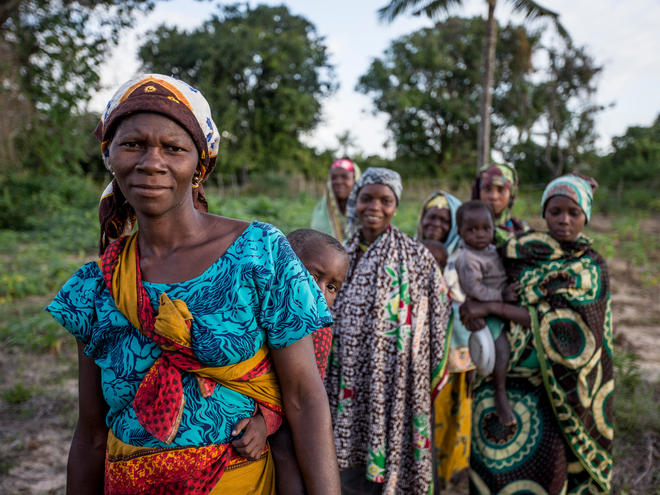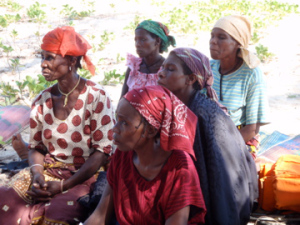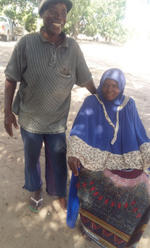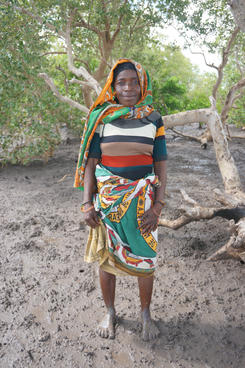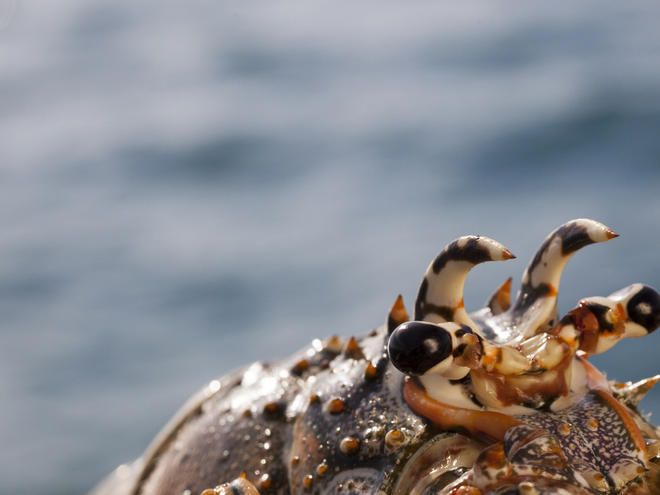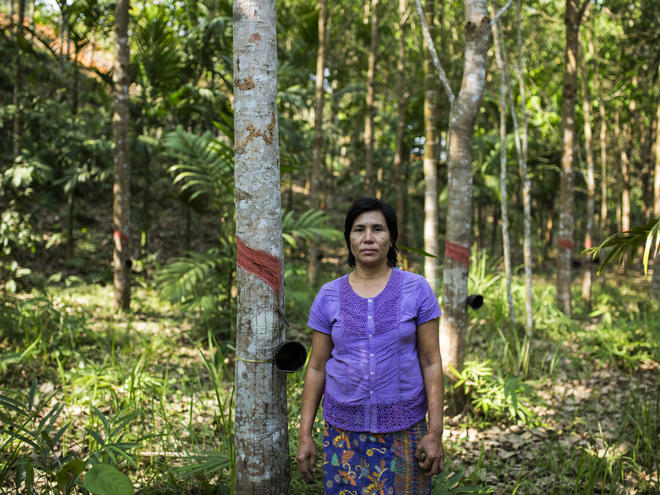
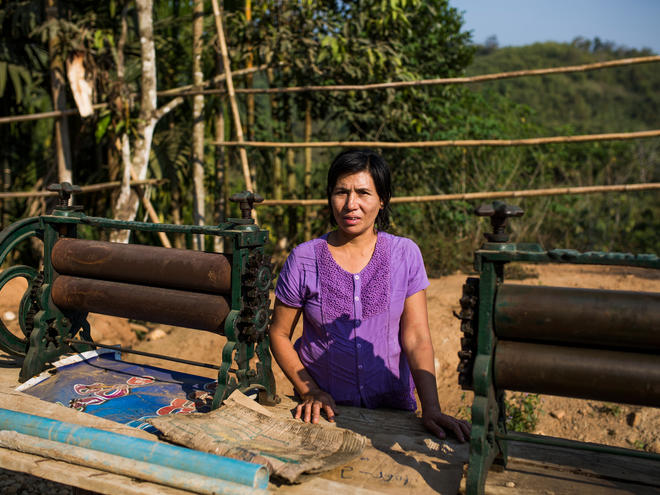
Hey Mer shows me a sheet of natural rubber she made a few weeks ago. To my eye, there isn’t anything special about it. Roughly three feet by two feet. Light brown. Nearly translucent.
But judging by her smile, I can tell she is very proud of it. So, I ask her what she likes about it.
Through a translator, Hey Mer uses her native Myanmar language to point out that there is very little gradation in the color. The light brown hue covers almost the entire sheet, from rounded edge to rounded edge. She takes my hand and runs my fingers over the sheet so I can feel its smoothness.
This is the kind of sheet rubber buyers tell her they want. It’s perfect for making so many of the rubber-based products that are part of our daily lives—most notably, car and truck tires. The majority of the world’s natural rubber, which comes from trees, is used to make tires.
But producing such high-quality rubber is no easy task. Most of the people in her small southern Myanmar village can’t get it right yet. They come to Hey Mer for advice, carrying their blotchy, rough-surfaced sheets they know will not get them a good price. Add less water to your mix of latex, acid and water if you want a smooth sheet, she tells them. And don’t hang your sheets in the sun for more than three days if you want the color to be similar from end to end.
Her advice is in demand, as rubber production is a promising new livelihood opportunity in southern Myanmar.
With that context, it is clear that Hey Mer is a prominent leader in her village. She sheepishly tells me that she knows it. And that she knows that, for a woman to be perceived as the leader there, is a bit unique.
Hey Mer is not just producing good quality rubber, she is doing so in accordance with farming practices that don’t degrade the forests or mistreat workers. Such steps are necessary to protect the environment and human rights, but also to ensure good rubber prices for farmers and a long-lasting rubber industry.
Fortunately, the number of people like Hey Mer is on the rise. The Myanmar Ministry of Agriculture—along with WWF, the Karen National Union and the Myanmar Rubber Planters and Producers Association—is going from village to village to educate people about why, if they want to produce rubber, they should do so in accordance with sustainable farming practices.
This is particularly important in Hey Mer’s village, as it is within the Dawna Tenasserim Landscape, a vast mountainous region that is one of the best remaining habitats in the world for tigers and Asian elephants.
Through this program, farmers learn from WWF and others that they must, at a minimum, avoid clearing healthy forests to plant rubber trees. Hey Mer planted her trees seven years ago on 10 acres of agricultural land that had gone fallow.
Educating farmers about sustainable rubber production is a big task, as most natural rubber production is done by farmers who manage a few acres, or less, of land. Nearly 85 percent of natural rubber is produced by approximately 6 million smallholder farmers—including nearly 80,000 farmers in Myanmar.
But the incentive to take on the task is big. Natural rubber is in demand by large companies, such as Michelin and Bridgestone, that now have policies which require sourcing sustainable natural rubber. As a result, there is interest from the companies in sustainable rubber production initiatives in Myanmar and other priority forest landscapes for WWF, such as Cambodia, Indonesia and China
That’s good news for Hey Mer, who has embraced sustainable rubber production for two reasons: It supplements her income, so she can support her family of four; And it helps her to do her part to protect the forests in her village. Forests she hopes her children can enjoy for many years to come.
Published March 27, 2018 at 05:00AM
